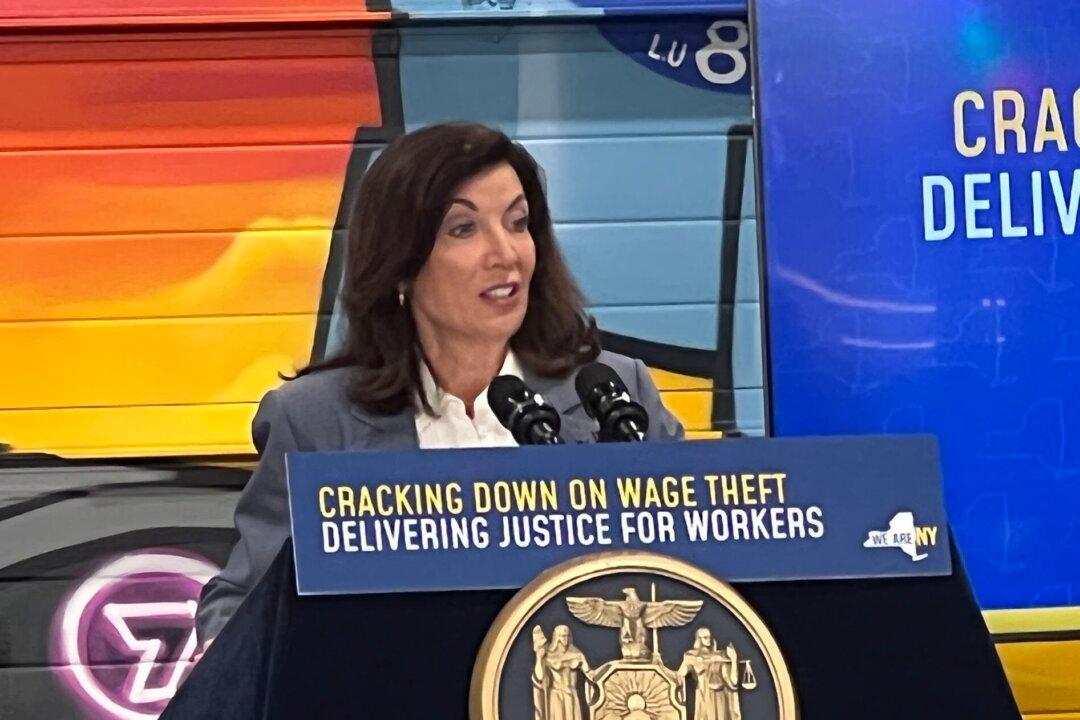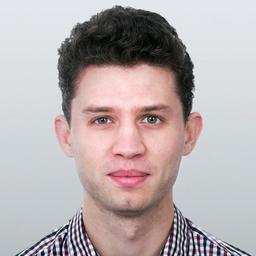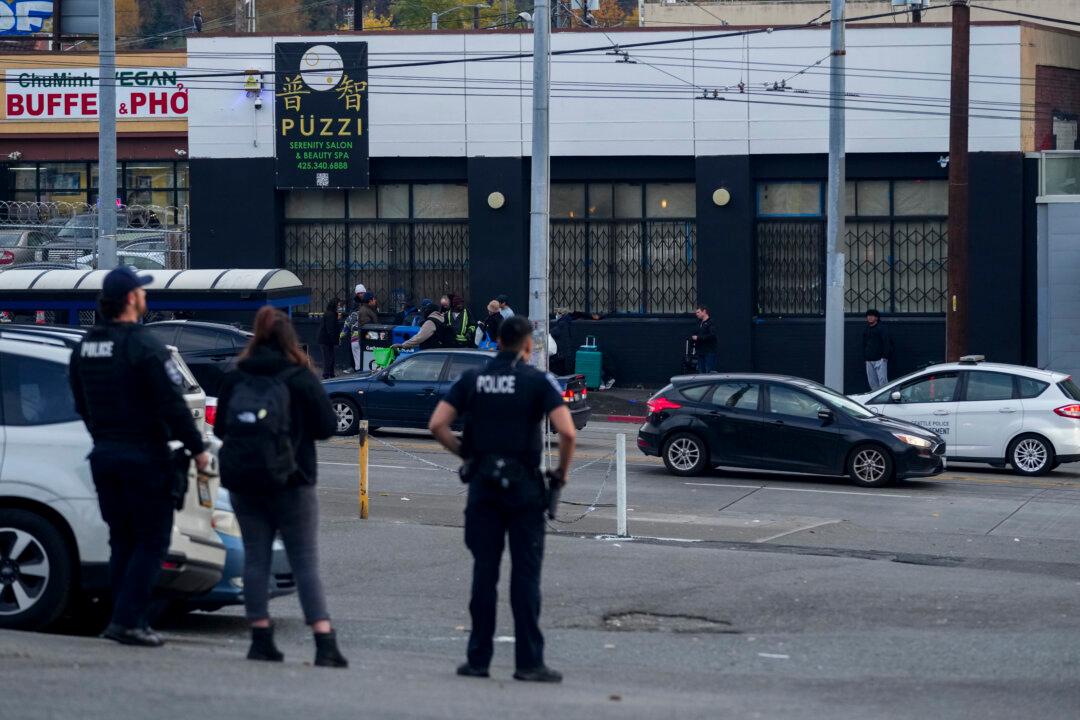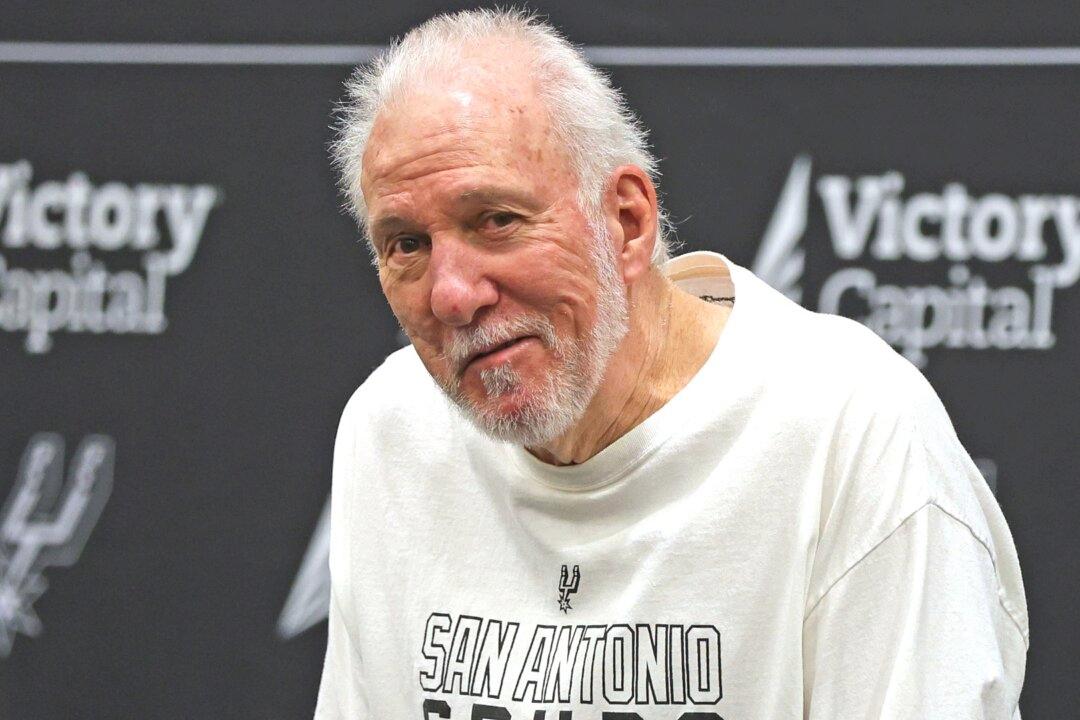New York Gov. Kathy Hochul issued an executive order late Friday to declare monkeypox a “disaster emergency,” saying it will strengthen ongoing efforts to limit a recent increase in cases.
“More than one in four monkeypox cases in this country are in New York state, and we need to utilize every tool in our arsenal as we respond,” Hochul wrote in a press release.





